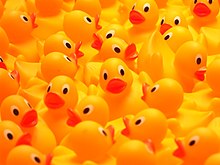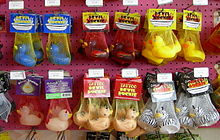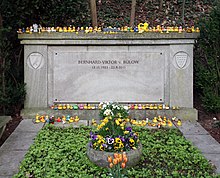
Lodi is a city in Columbia County, Wisconsin, United States. The population was 3,209 at the 2022 United States census. Lodi is part of the Madison Metropolitan Statistical Area.
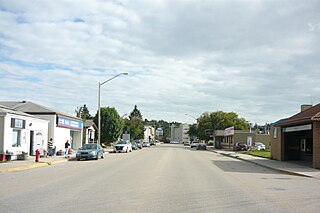
Lumsden is a town in the Qu'Appelle Valley in south central Saskatchewan, Canada, 31 km northwest of the city of Regina. It is surrounded by the Rural Municipality of Lumsden No. 189. The town functions as both a farming community and an unofficial suburb of Regina. Lumsden has an active artistic community, which consists of many writers, painters and sculptors.
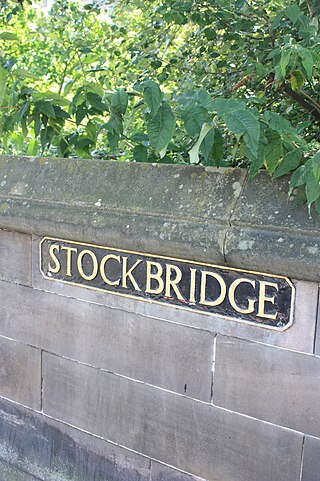
Stockbridge is a district of Edinburgh, located north of the city centre, bounded by the New Town and by Comely Bank. The name is Scots stock brig from Anglic stocc brycg, meaning a timber bridge. Originally a small outlying village, it was incorporated into the City of Edinburgh in the 19th century. The current "Stock Bridge", built in 1801, is a stone structure spanning the Water of Leith. The painter Henry Raeburn (1756–1823) owned two adjoining estates, Deanhaugh and St Bernard's, which he developed with the assistance of the architect James Milne. Milne was also responsible for the fine St Bernard's Church (1823) in Saxe Coburg Street. Ann Street, designed by Raeburn and named after his wife, is a rare early example of a New Town street with private front gardens.

Turtle racing is an event in which participants typically place turtles in the center of a circle and watch them walk around until one of them crosses out of the circle. Initially popularized as an event geared toward children at county fairs and picnics in the Central United States, it has since grown in scope and popularity and other variations of the event have been held.
Delta Waterfowl Foundation is a non-profit organization operating in both Canada and in the United States whose mission is to secure the future of waterfowl and waterfowl hunting. Charity Navigator has ranked it among the top 10 conservation groups promoting the protection of wildlife and game lands for hunters and fishermen.

Friendly Floatees are plastic bath toys marketed by The First Years and made famous by the work of Curtis Ebbesmeyer, an oceanographer who models ocean currents on the basis of flotsam movements. Ebbesmeyer studied the movements of a consignment of 28,800 Friendly Floatees—yellow ducks, red beavers, blue turtles, and green frogs—that were washed into the Pacific Ocean in 1992. Some of the toys landed along Pacific Ocean shores, such as Hawaii. Others traveled over 27,000 kilometres (17,000 mi), floating over the site where the Titanic sank, and spent years frozen in Arctic ice before reaching the U.S. Eastern Seaboard as well as British and Irish shores, fifteen years later, in 2007.
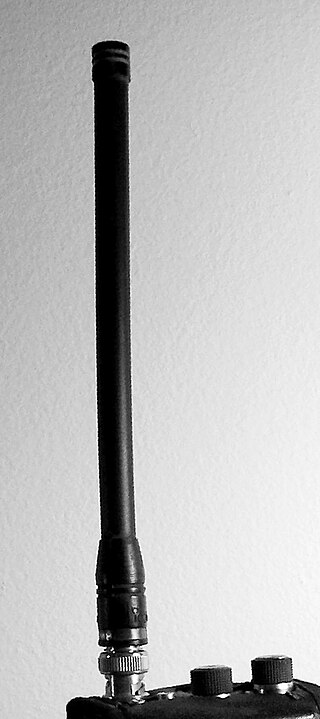
The rubber ducky antenna is an electrically short monopole antenna that functions somewhat like a base-loaded whip antenna. It consists of a springy wire in the shape of a narrow helix, sealed in a rubber or plastic jacket to protect the antenna. The rubber ducky antenna is a form of normal-mode helical antenna.
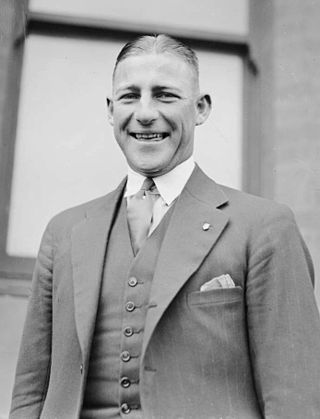
Henry Robert Pearce was an Australian three-time world champion sculler of the 1920s and 1930s. He won consecutive Olympic gold medals in the single sculls at the 1928 Summer Olympics in Amsterdam and the 1932 Summer Olympics in Los Angeles. He won the World Sculling Championship in 1933, and twice successfully defended that title in 1934 and 1938. He was a three-time Australian national champion and won the Diamond Sculls at the 1931 Henley Royal Regatta.
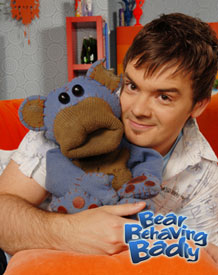
Bear Behaving Badly is a British children's sitcom produced by Darrall Macqueen Productions, which originally aired for four series and was broadcast on CBBC between 3 September 2007 and 21 December 2010.

Greyhound racing is a sport in the United Kingdom. The industry uses a parimutuel betting tote system with on-course and off-course betting available. Attendances have declined in recent years, mainly due to the decrease in evening fixtures with the majority of fixtures being held in the daytime.

Nev the Bear is a small, blue puppet bear that originally appeared in the CBBC television programme Smile. Since 2007, Nev has starred in his own CBBC show Bear Behaving Badly, alongside Barney Harwood. His name was created from the name of his co-star Dev Griffin on Smile. He was last seen on Hacker Time when Derek puts Nev on Line 1 for Barney Harwood. Nev has patches in places on his body and is missing part of his ear. This is due to Bandit the cat, who is seen in some episodes of Bear Behaving Badly, biting it off.
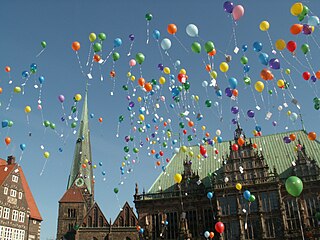
A balloon release is a ceremonial event in which a number of hydrogen- or helium-filled balloons are launched into the sky. Balloon releases can be done as a prayer ceremony, to create a photo opportunity, to raise awareness of a cause or campaign, or as a competitive long-distance race.
CelebriDucks is an American manufacturer of celebrity-licensed rubber ducks based in San Rafael, California. As of July 2009, the CelebriDucks has created more than 200 different ducks, including Betty Boop, Charlie Chaplin, Groucho Marx, Babe Ruth, William Shakespeare, the Mona Lisa, and Santa Claus.
Bert and Ernie's Great Adventures is a claymation animated children's television series and segment in which clay animated versions of Bert and Ernie use their imaginations to travel to strange places and into entertaining situations. The series is produced by Sesame Workshop, in co-production with Misseri Studio, Norddeutscher Rundfunk and Channel 5 Broadcasting Limited.
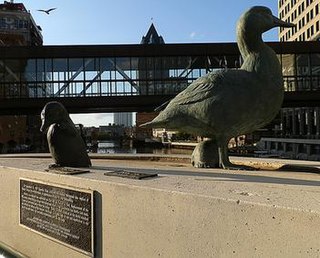
Gertie the Duck is an icon of Milwaukee, Wisconsin history and the subject of a 4-foot-tall (1.2 m) bronze sculpture by American artist Gwendolyn Gillen. It was installed on the Wisconsin Avenue bridge in September 1997.
Rubber Duck is a series of several giant floating sculptures of yellow rubber ducks, designed by Dutch artist Florentijn Hofman, which have appeared in many cities around the world. Each Rubber Duck is recreated anew locally, as his public art is intended to be temporary.

The Eldora Dirt Derby was a 75-mile-long (121 km) annual race in the NASCAR Gander RV & Outdoors Truck Series race held at Eldora Speedway in Rossburg, Ohio. During its existence from 2013 to 2019, the race was the only dirt track racing event on any NASCAR national touring series schedule and the first since 1970. Due to coronavirus concerns in 2020, the race was not run and is not scheduled to be run again in the Truck Series. The standalone dirt event was later moved to Knoxville Raceway for 2021.

The University of Oregon Rowing Team is located in Eugene, Oregon, and practices at Dexter Reservoir nearby. The team was founded in 1967 and has operated continuously under the guidance of the University. At Oregon, men's and women's teams practice together and compete against other teams regionally and nationally in a number of regattas each year. Even before the passage of Title IX in 1972, the team received national attention for Coach Don Costello's controversial use of female coxswain Victoria Brown in crew, in a previously all-male sport.

A rubber duck race is a type of festival where thousands of rubber ducks race on a river, usually within the city. Normally they are fundraising events and the ducks are given numbers which enables the participants to "adopt" a rubber duck for a small amount of money. If the rubber duck wins or places well, the participants will win money or a prize of some sort.
